- Video: How to Wear Colors - Easy Tips and Outfit Ideas
- Color Theory
- Video: HOW TO MIX COLOUR INTO YOUR OUTFITS/How to wear Color
- Techniques for combining colors in clothes
- Video: Colour theory in Fashion
- Prohibitions
- Video: Classic Color Combinations That Always Look Chic
- Practical Tips
- Conclusions
- Video: 10 Outfit Colour Combinations colour matching tips & everyday outfit ideas
- Rate the author (1)
- Comments (1)
Color makes an impression, reveals individuality, allows you to present yourself from the best side. A skillful combination of colors in clothes is a whole science. Often, for the most powerful self-presentation with the help of colors, there is not enough knowledge. Let's plunge into color and find out what colors in clothes are combined with each other.
So, color combination in clothes - how to combine correctly - further in our article.
Video: How to Wear Colors - Easy Tips and Outfit Ideas

Color Theory
It's worth spending some time learning the theoretical foundations of color. Main color characteristics:
- temperature. There are cool and warm shades. Yellow, red, orange are warm. Violet, blue, blue - cold. Green is neutral. Our blog contains materials on how to determine your color type and preferred temperatures, as well as find out what styles are suitable for a pear shape;
- brightness, lightness level. The brightest color is white;
- hue - move within a specific color;
- saturation - the amount of pigment.
How do you know what colors go together? There is a simple tool for making successful combinations - Itten's color wheel. It is used by artists, clothing designers.
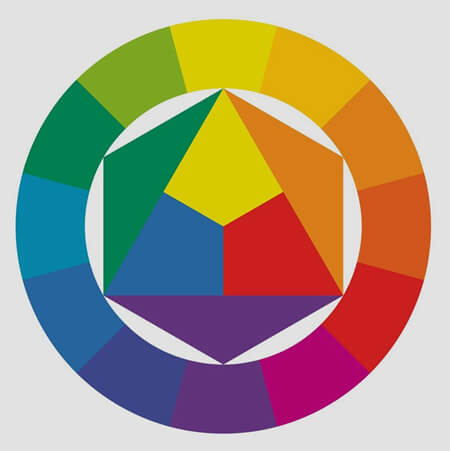
The circle combines 12 colors, three primary and nine formed from them. Blue, red and yellow are the primary hues from which secondary hues are formed, for example, blue and red form purple. Halftones are also obtained by mixing, for example, the main yellow and orange give yellow-orange.
Using a circle, you can create the following color combinations:
- monochrome, which uses shades of only one color;
- triad, composed of shades equidistant from each other. The technique is used if the task is to diversify the gamut;
- contrasting, made up of colors located on opposite sides of the circle. The scheme is called complementary;
- Tetrad consisting of two primary and two secondary colors.
These are the main schemes, but there are additional ones. Knowing them, you can easily understand how to choose women's jeans so that they are in harmony with a T-shirt, what shoes to wear with a dress, and so on.
The laws of the Itten circle do not obey black, white and gray, but they are combined with any shade of the scheme and with each other.
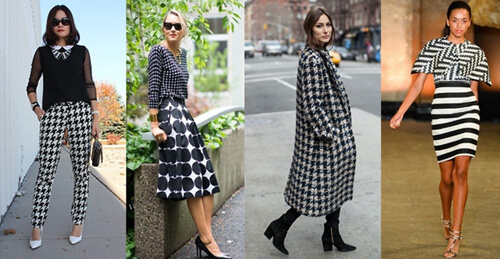
Video: HOW TO MIX COLOUR INTO YOUR OUTFITS/How to wear Color

Techniques for combining colors in clothes
Learning how to combine colors in clothes is not only possible with the help of a color wheel. The scheme allows you to pick up win-win companions, but there are other useful canons of color:
- the law of contrast. Combining warm and cold colors, as well as achromats, you will definitely not go unnoticed. The combination of achromats has a wow effect, the most advantageous is black and white;
- accent rule. With little experience, you can choose one color and its tones as dominant, make an ensemble in such a range and only slightly “dilute” with other paints;
- monochrome. An outfit of one color only at first glance seems boring. Paired with neutral shoes, this is a great option;
- The four color rule. That is how many tones stylists recommend to combine in one outfit. The fifth shade is an excess that looks comical.
Experimentally determined the most unfortunate color combinations that should be avoided.
Video: Colour theory in Fashion

Prohibitions
What colors don't go well together? The worst option is a mixture of black and brown. In addition to gloom, this option does not add anything to the image. Other badly perceived combinations:
- gray and brown;
- black and blue;
- green and red (create a catchy traffic light effect, but hardly anyone will like this look);
- orange, green and red.
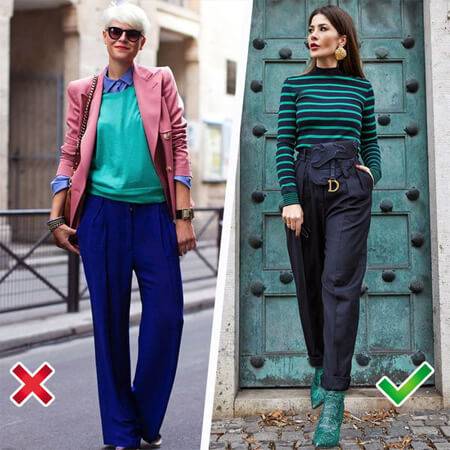
There are also tried-and-tested variations with which success is assured.
Video: Classic Color Combinations That Always Look Chic

Practical Tips
When choosing your ideal colors, keep in mind that they should reveal the tone of the skin and hair. Good style - moderate color proportions. If you want to integrate a new color into the outfit, give preference to not saturated shades.
Which color pairs best with which? Compatibility is easy to understand from the table:
| Base | Partners |
|---|---|
| Red | blue, black |
| Orange | blue, purple |
| Yellow | brown |
| Brown | pastel, sand, beige |
| Blue | yellow, red, olive |
| Pink | grey |
| Purple | light green, terracotta |
Some useful tips:
- combining saturated and neutral colors is always successful;
- when choosing four tones, one should be dominant, the rest should be complementary;
- for the part of the body that you want to hide, choose dark colors;
- blue is a chic base for elegant, concise looks, a common option for a dress code;
- green in all its shades from olive to emerald is always refreshing and self-sufficient;
- purple - the tone of romantic natures, good in monochrome;
- brown is the basis for creating natural elegant looks;
- Red is daring and bold, coping with the function of an accent even in small concentrations.
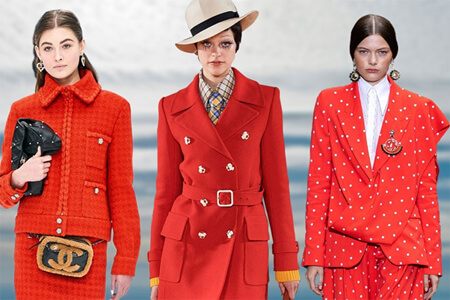
What color looks expensive? Designers do not accidentally include pastel colors in their collections. Neutral beige is relevant for any season, used to dye wool, silk, cashmere, linen, looks great in solo outfits. Muted earth tones give the same effect.
Monochrome black and white outfits, moderately diluted with accessories, look elegant and expensive.
Conclusions
Knowing the right combination of colors in clothes allows you to feel personal harmony with the outside world, look appropriate in a particular setting, form an adequate perception among others, change your mood, depending on the circumstances.
Coloristics can be discovered endlessly, comprehending the classical canons and making your own experiments. This is an opportunity to take a fresh look at your own wardrobe.
Video: 10 Outfit Colour Combinations colour matching tips & everyday outfit ideas




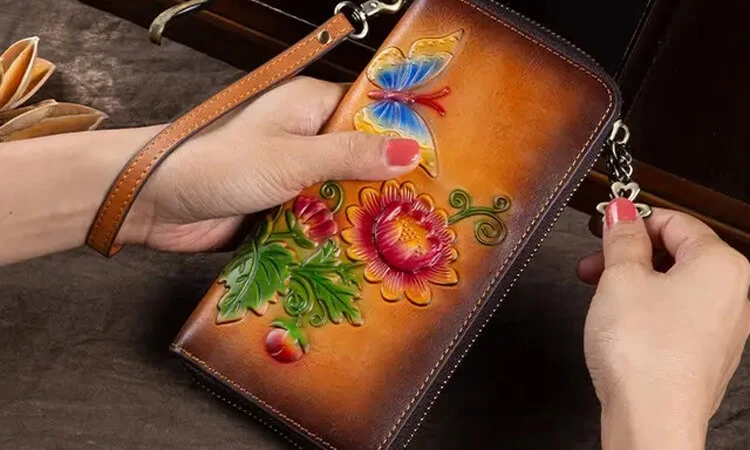
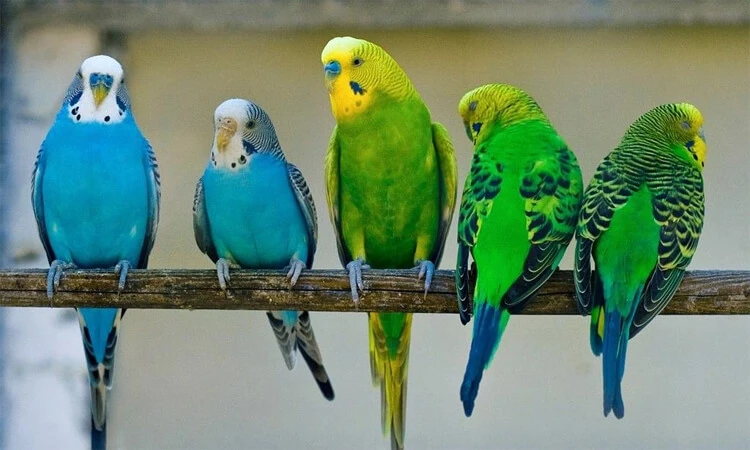

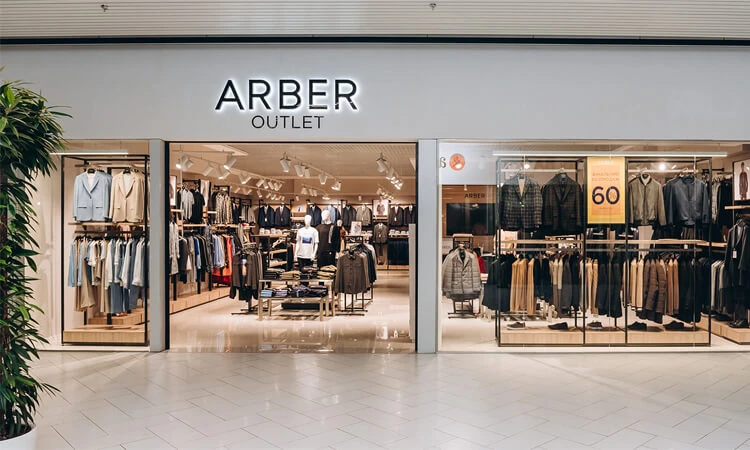


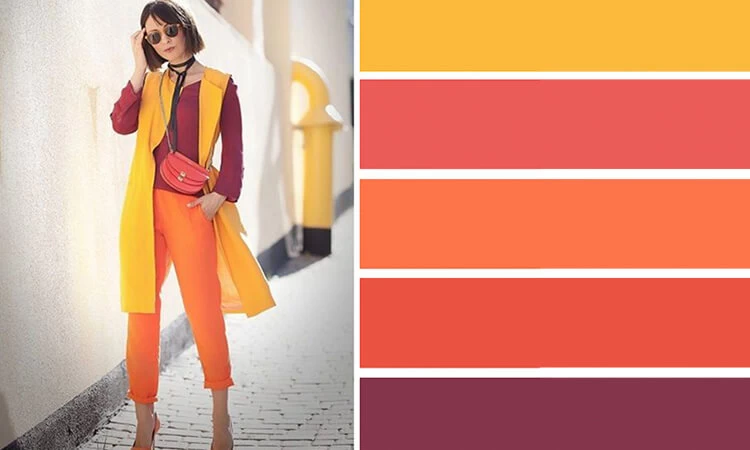


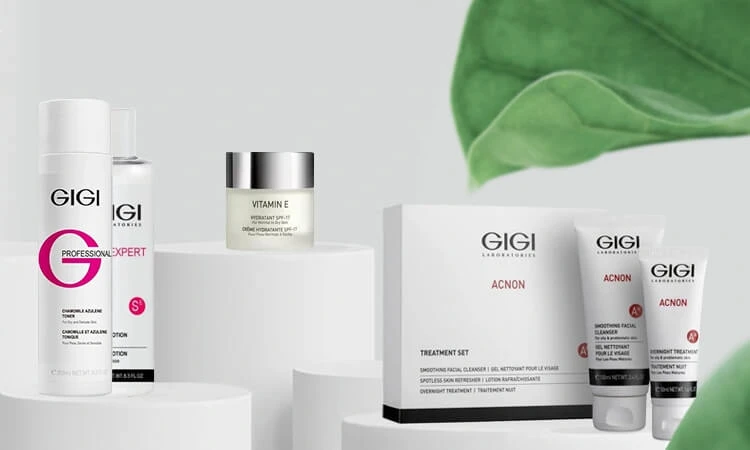
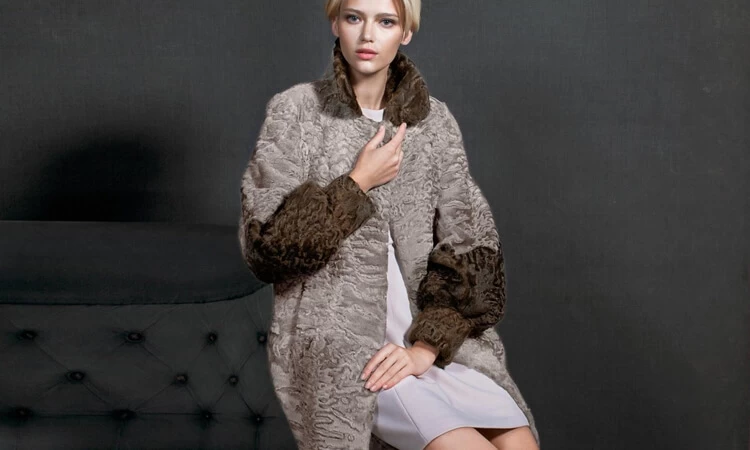
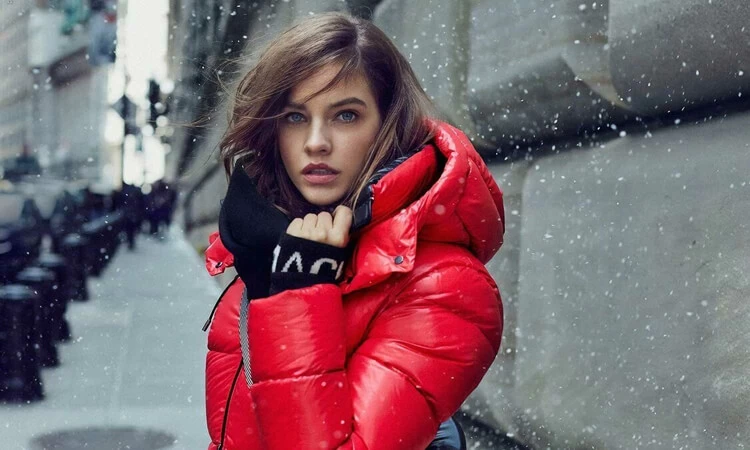
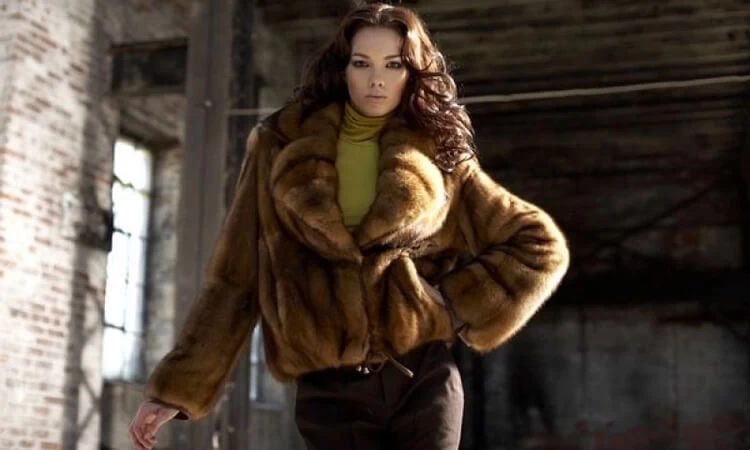
Comments (1)
2. Color wheel: The color wheel is a tool that helps you determine which colors go well with each other. You can choose a color and then combine it with colors that are next to or opposite it on the color wheel. For example, a combination of neighboring colors, such as blue and green, will create a harmonious and calm look. Combining opposite colors like red and green will create a contrasting and vibrant look.
3. Warm and cool colors: You can also mix warm and cool colors to create an interesting contrast. For example, a combination of warm orange and cold blue will look spectacular and unusual.
4. Neutral Colors: Neutral colors such as black, white, gray and beige are versatile and easy to pair with other colors. They can serve as the basis for your look, and bright accents of color can be added as accessories or individual pieces of clothing.
5. Experiment: Don't be afraid to experiment with color combinations. Sometimes unexpected combinations can create the most interesting and stylish looks. Try to combine several colors in one image, use different textures and patterns.